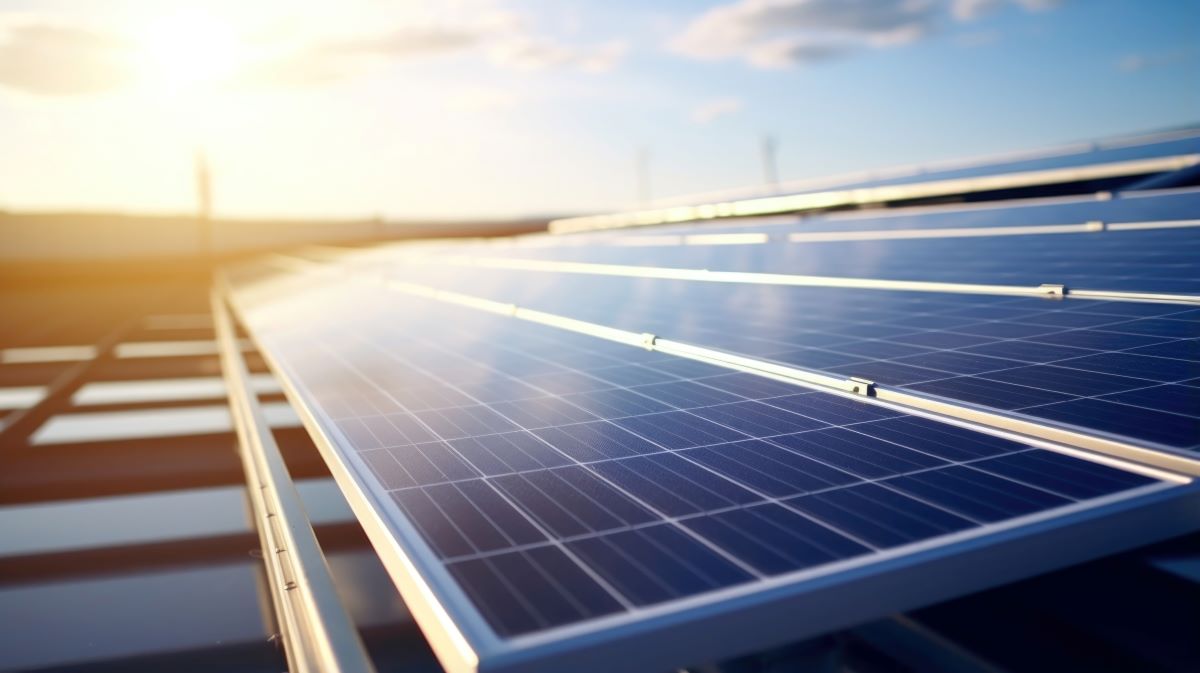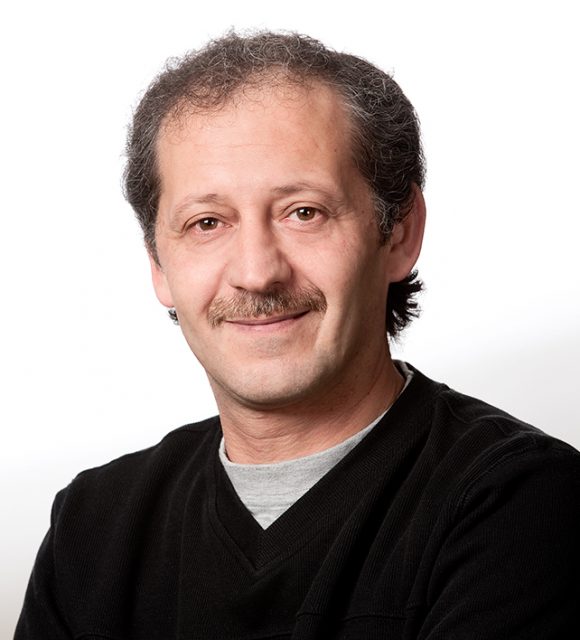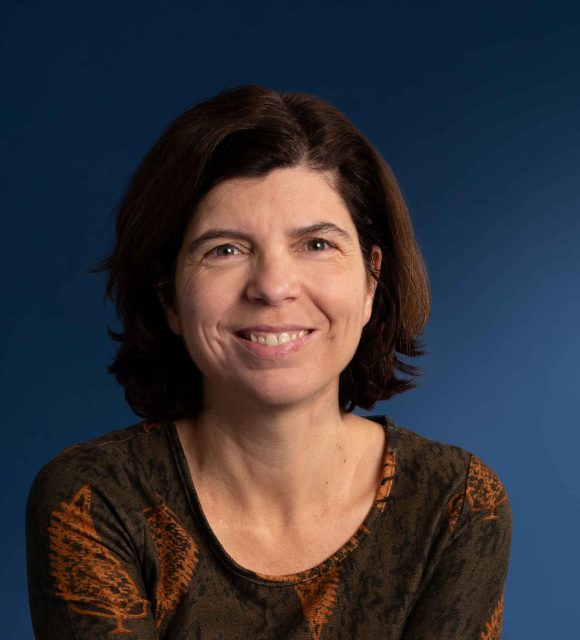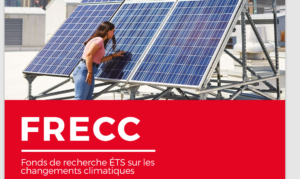- Science and Society
-
YOU ARE
- Community member
- Future Student
- Student
- Professor
- Alumni
- Media
- Guidance counsellors
- INRS retiree
- Contact Us
- Newsroom
- Careers
- FR
-
Studies
We teach the next generation of researchers to develop scientific, social, and technological innovations.
-
Research
We find solutions through interdisciplinary research and industry or public and community partnerships.
-
INRS
We play an active role in Québec's economic, social, and cultural development.
Professors Daniel Guay, Mohamed Mohamedi, and Ana Tavares collaborate with researchers from ÉTS and McGill to find solutions to the climate crisis.

Institut national de la recherche scientifique (INRS) and École de technologie supérieure (ÉTS) have announced the winning team of the first joint ÉTS/INRS call for projects under the ÉTS Climate Change Research Fund (FRECC). This joint call, launched in spring 2024, aims to spark new interuniversity collaboration in support of climate action.
“The joint call for projects from INRS and ÉTS highlights the importance of interdisciplinarity in the search for solutions to the climate crisis. The complementary expertise of researchers from the two institutions will undoubtedly enable them to take their work even further.”
Isabelle Delisle, Interim Scientific Director of INRS
The winning team is made up of Professors Daniel Guay, Mohamed Mohamedi, and Ana Tavares from the INRS Centre Énergie Matériaux Télécommunications; Omur E. Dagdeviren (principal investigator) and Lucas Hof from ÉTS; and Peter Grutter from McGill University, who will join forces in this $50,000 research project.



A microscope to reduce CO2 emissions
The first objective of the project is to produce a new type of microscope that will be used to gain a deeper understanding of the ageing mechanism of solar and electrochemical cells, which are crucial to solar energy. Although not yet fully understood, the ageing of these materials makes them uneconomical, and their long-term use is risky.
The microscope will also be used to optimize a CO2 reduction process, using a copper oxide catalyst and solar rays. The sun’s rays provide energy for a reaction with CO2 and water. A byproduct of this photocatalytic reduction of CO2 will be hydrogen, which can be used for energy production without direct greenhouse gas (GHG) emissions.
Every ton of CO2 destroyed would produce 500 litres of hydrogen, equivalent to enough energy to run a car for almost 15,000 km.
“Designing and manufacturing a scanning electrochemical cell microscope suitable for CO2 reduction studies will improve our ability to characterize catalysts with high spatial and temporal resolution and provide us with essential knowledge for developing efficient CO2 conversion technologies. This knowledge is crucial to meet the global challenges of energy sustainability and climate change mitigation.”
The members of the winning team

Find out more about the ÉTS Climate Change Research Fund (FRECC) (in French)
You may also like
Share



